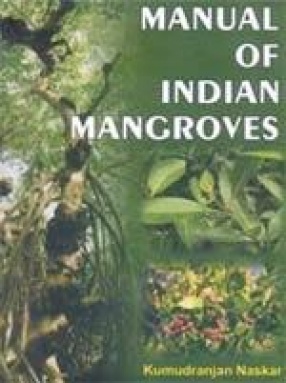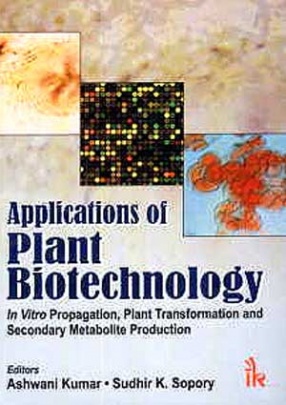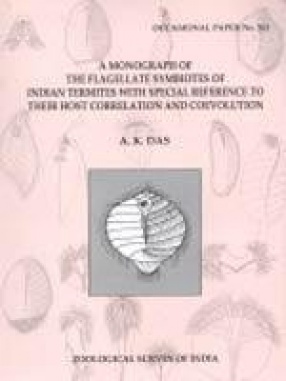The mangrove ecosystem in Indian Sundarbans has great role in the estuarine fish production and sustenance of large number of aquatic, amphibious and terrestrial forms of living organisms; this is because an ideal mangrove habitat releases more than 6,000 tons litter (on dry weight basis per hectare per annum) and this huge volume of organic matter after mineralisation or after complete decomposition releases nutrients to the estuarine, in shore and off shore water and the soil phases, as well. As such, the soil and water in the estuaries and delta regions dominated with dense mangrove vegetation are considered as one of the most nutrient rich and productive areas among the tropical forest zones. The Sundarbans, dominated with large number of mangrove associated and major and minor mangle species along with vast number of aqua – terrestrial mangrove habitat faunal assemblage are categorized as the ‘World Heritage Site’, – by IUCN and UNESCO (1984). It is worth mentioning that the uniqueness of the mangrove ecosystem along with its rich productive nature is governed mostly by large number of micro – and macro – organisms but the algae play a very dominant role as primary producer group of organisms both in the aquatic as well as terrestrial habitats. In this mangrove habitat the algal species in the form of planktonic, benthic and periphytic green vegetation were overlooked and less mentioned for its small to tiny structures and occasionally invisible to open eyes, but their impact and importance are very interacting, important and high scientific value to investigate. These algal species in the salt dominated estuarine water of delta forest lands are somehow different in their identity from fresh water species but have played the most important role by trapping the solar energy and inorganic substances of the sea water and silty soil, consequently transforming them into important food for the consumer group of aqua – terrestrial fauna of this estuarine – delta sea land interphase zone. For all these reasons it is important to collect and identify the different algal flora of this less explored mangrove habitats of Indian Sundarbans and finding out their direct and indirect use as fish food and the enhancement of fishery activities for enrichment in knowledge of science and identifying their impact on fishery development is imperative. Taking these propositions as priority areas exploration, identification and estimation of the nutrient value of dominant algal flora of Sundarbans have been carried out and based on the field and laboratory studies the collected information and data are highlighted in the book.
Algal Flora of Sundarbans Mangals
In stock
Free & Quick Delivery Worldwide
reviews
Bibliographic information
Title
Algal Flora of Sundarbans Mangals
Author
Edition
1st ed.
Publisher
ISBN
817035286X
Length
xviii+318p., Tables; Maps; Figs.
Subjects







There are no reviews yet.